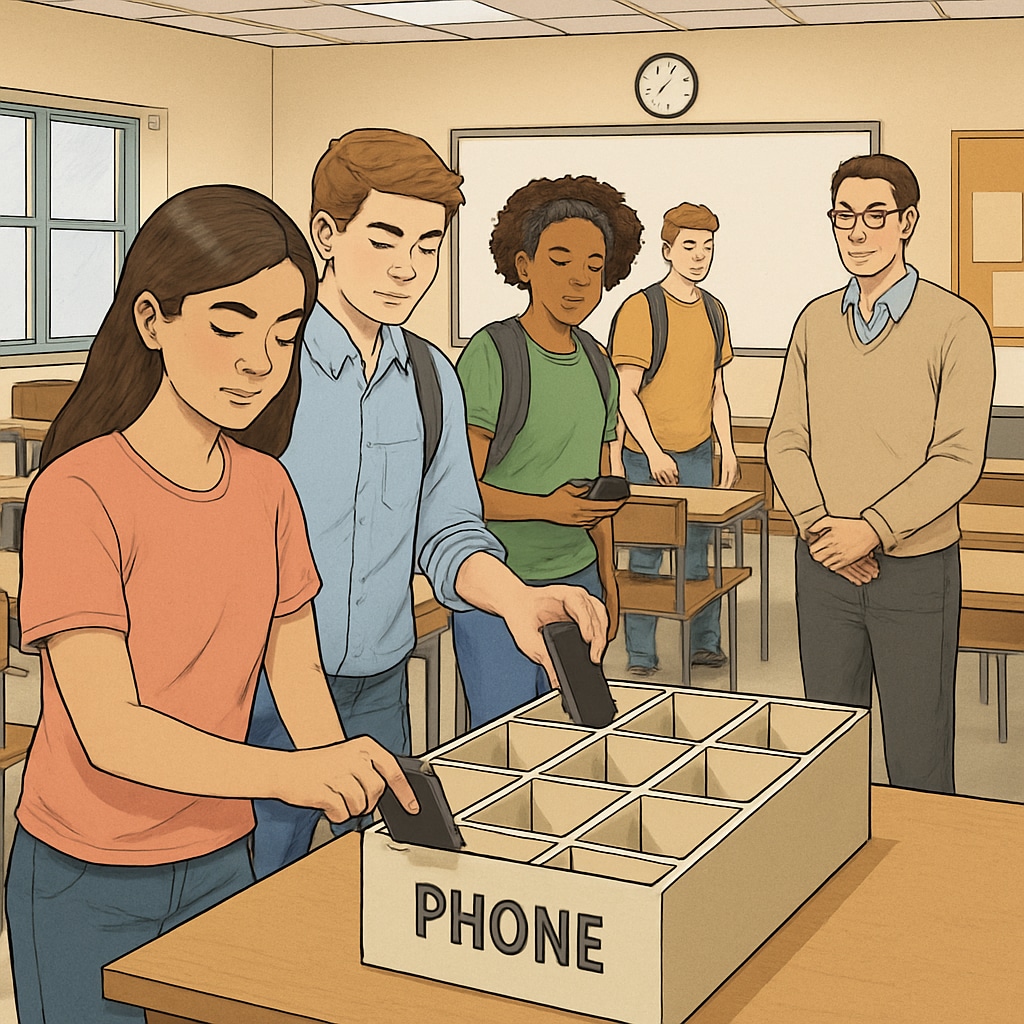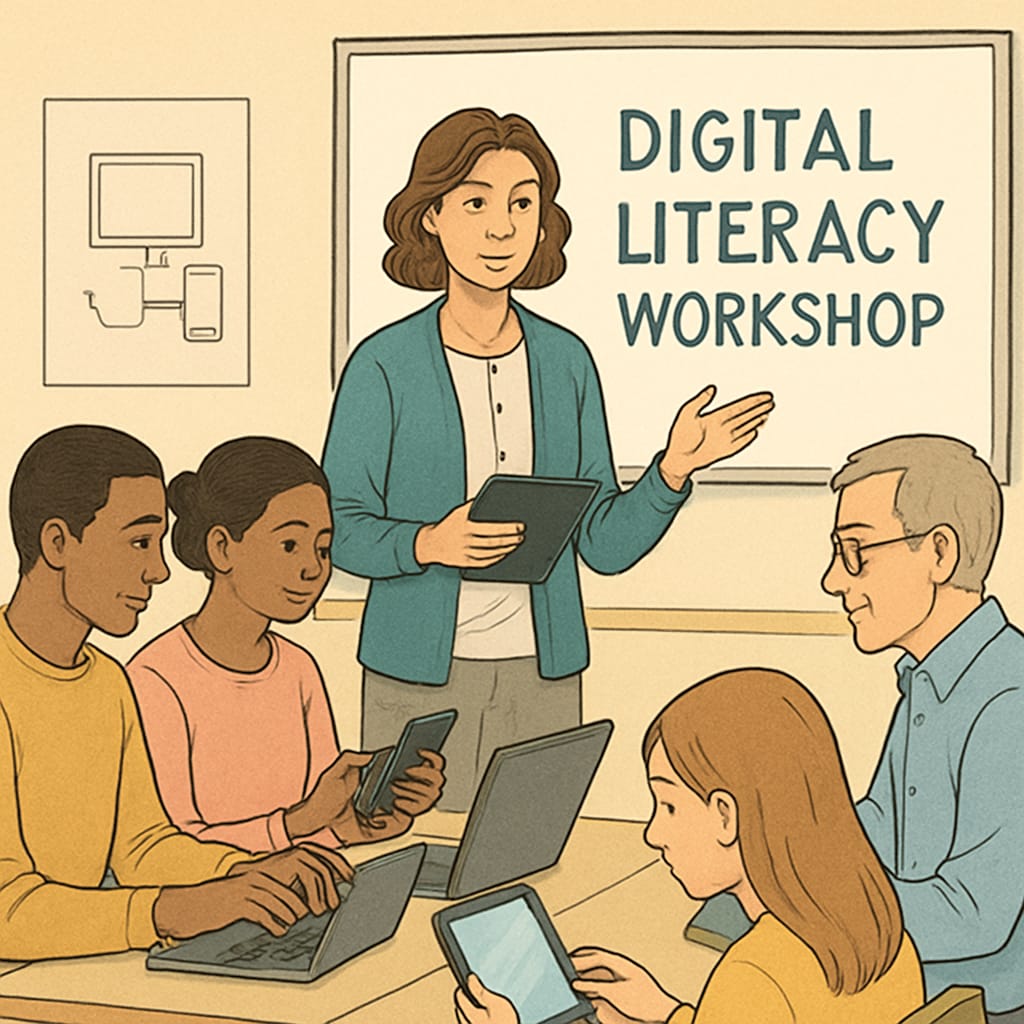Mobile phone bans in schools, particularly in public institutions, have sparked significant debate among educators, students, and parents. These policies aim to create a more focused learning environment, free from the distractions of constant connectivity. However, the differences in how public and private schools implement these bans, along with the underlying educational philosophies, shed light on broader questions about student development in the digital age. This article explores these differences, the rationale behind the bans, and how schools can balance technology management with fostering essential life skills like self-discipline and media literacy.
Public vs Private School Approaches to Mobile Phone Bans
Public schools, often governed by state-wide or national policies, tend to enforce stricter mobile phone bans. These rules typically prohibit the use of phones during school hours, including lunch breaks and study periods. For example, many public schools have implemented policies where students must keep their devices in lockers or turn them off entirely upon entering the school premises.
Private schools, on the other hand, often adopt more flexible approaches. They may allow limited phone use during specific times or for educational purposes. This flexibility often stems from smaller class sizes, greater parental involvement, and the ability to tailor policies to the needs of their student body.
The contrast between these approaches highlights a key issue: while public schools may prioritize uniformity and strict discipline, private schools often emphasize personal responsibility and guided technology use. Both approaches have their merits, but they also come with unique challenges.

The Educational Philosophy Behind Mobile Phone Bans
The rationale for banning mobile phones in schools is rooted in the desire to minimize distractions and improve student focus. Studies have shown that excessive screen time can negatively affect attention spans and academic performance. For instance, a study reported on Britannica found that students who were separated from their phones during class performed better on assessments compared to those who had access to their devices.
In addition to academic benefits, mobile phone bans aim to reduce issues like cyberbullying, social comparison, and overdependence on technology. By removing these distractions, schools hope to create an environment where students can engage more deeply with their peers and teachers, fostering interpersonal skills and emotional intelligence.
However, critics argue that outright bans do not teach students how to manage technology responsibly. Instead, they advocate for policies that integrate digital literacy into the curriculum, enabling students to navigate the digital world safely and responsibly.

Fostering Self-Discipline and Media Literacy in the Digital Age
While mobile phone bans can provide immediate benefits, they also raise questions about long-term student development. How can schools prepare students for a digital world if they are shielded from technology during formative years? The answer lies in striking a balance between restriction and education.
Here are some strategies schools can adopt:
- Incorporate Media Literacy: Teach students to critically evaluate online content, understand the risks of misinformation, and use social media responsibly.
- Set Clear Boundaries: Instead of outright bans, establish guidelines for appropriate mobile phone use during school hours.
- Use Technology for Learning: Leverage educational apps and online resources to integrate technology into the curriculum in meaningful ways.
- Encourage Parental Involvement: Work with parents to reinforce healthy technology habits at home.
By adopting these strategies, schools can help students develop the self-discipline and critical thinking skills necessary to thrive in the digital age. As Wikipedia’s entry on digital literacy suggests, equipping students with these skills is vital for their future success in both academic and professional environments.
Conclusion: Striking a Balance Between Policy and Practice
The debate over mobile phone bans in schools underscores the complexities of education in the digital age. Public schools often lean toward uniformity and strict enforcement, while private schools may embrace flexibility and individualized policies. Both approaches offer valuable insights, but the ultimate goal should be to prepare students for a world where technology is ubiquitous.
By combining restrictions with education, schools can create environments that not only minimize distractions but also empower students to use technology responsibly. As educators, parents, and policymakers continue to navigate this issue, the focus should remain on fostering well-rounded individuals equipped to succeed in an increasingly digital world.
Readability guidance: This article uses short paragraphs, clear transitions, and a blend of lists and narrative content to maintain reader engagement. Passive voice and long sentences have been minimized to ensure clarity and accessibility.


